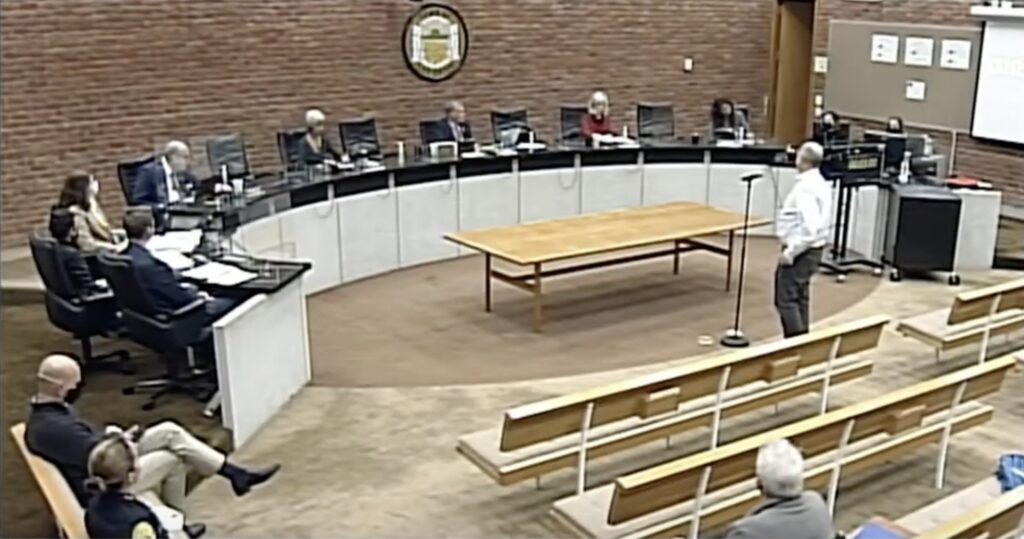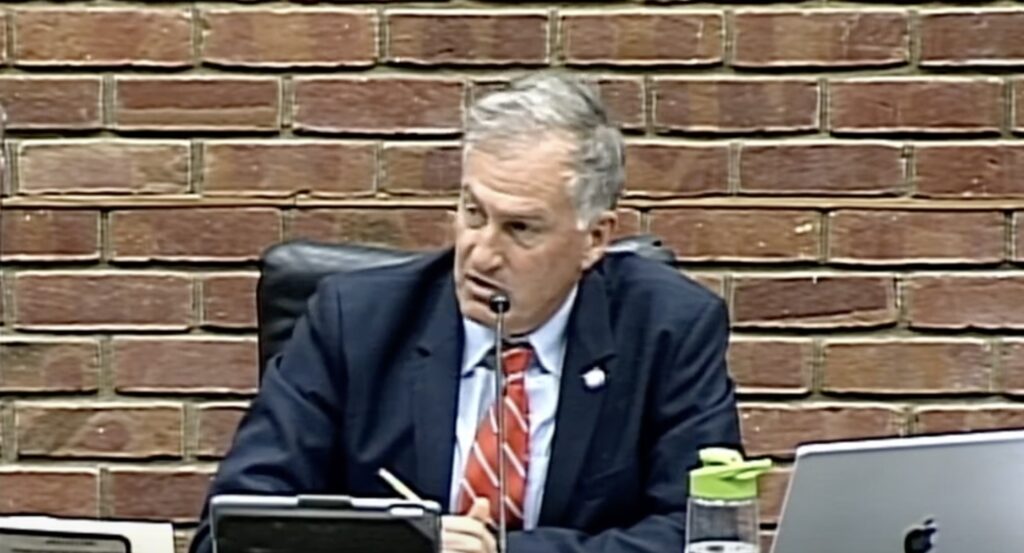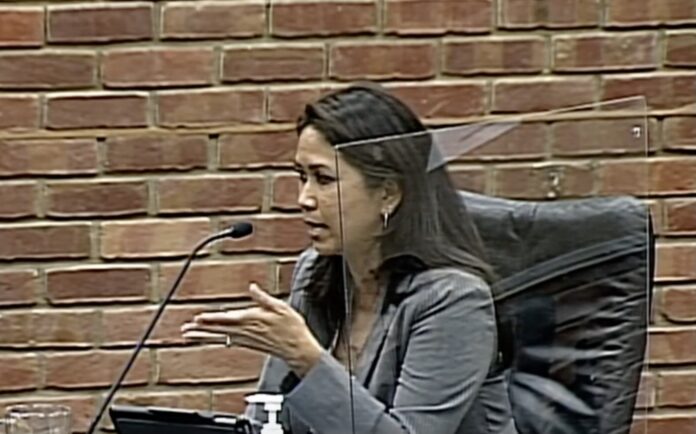The Los Gatos Town Council introduced an ordinance Nov. 1 that would guide the development of lot-split housing, a type of project that’s been mandated by Sacramento in a bid to solve the affordability crisis.
The permanent plan to address Senate Bill 9 would replace a stop-gap plan put in place earlier this year.
Associate Planner Ryan Safty noted the Town is required to allow certain types of housing to be built, as long as projects fall within certain thresholds.
The two types of housing under SB9 are: 1. A two-unit residential development to be built on a single-family parcel. 2. A one-time “lot-split” subdivision of an existing single-family parcel into two parcels.
This is a way for the State to generate up to four units of housing on a plot of land that used to only allow one, as it seeks ways to tackle rampant homelessness and lack of affordable options across California.
On Sept. 28, the Planning Commission held a public hearing and produced recommendations for Council for its SB9 plan.
At Council, one resident, who said he lives in a lot-split unit, offered some input.
Both he and his neighbor have a 1,500-square-foot house, he noted, suggesting these sorts of homes be allowed to have a higher floor-area-ratio (FAR) while maintaining other restrictions.
“Because that will keep the aesthetics in good shape,” he said. “But it will allow you to get a little more house.”
Tony Jeans, the owner of THIS Design & Development, urged Council to allow aesthetic features like gables while maintaining privacy features, by not requiring a 5-foot setback on the upper floor in some cases.
He also asked for an 18-foot height limit in hillside areas—slightly higher than the proposed 16-foot limit.
Councilmember Matthew Hudes noted hillsides were excluded from the urgency ordinance.
“And now it’s being included, is that correct?” he asked staff.
Safty said this was added based on direction from the State.
Hudes asked if it was required, or just recommended.

Town Attorney Gabrielle Whelan said hillsides aren’t specifically mentioned in State law, but notes it does talk about “hazards.”
Hudes said some areas are only not exempt from SB9 because of a loophole that allows high fire hazard areas to apply if fire codes are followed.
“I’m really concerned about this as a safety issue—increasing density, particularly on streets that are narrow and we know we have vegetation problems on these streets,” he said. “There will be wildfire. And there will be wildfire on places where we’ve increased density.”
Allowing lot-splits in these areas could open the Town up to legal liability, he argued.
Vice Mayor Maria Ristow wondered if Council should ask staff to tweak SB9 rules to promote duplexes, instead the current FAR approach, meant to require a smaller (cheaper) unit, before a developer could maximize density with a larger home.
Town Manager Laurel Prevetti said duplexes don’t have to have to be the same size, pointing to “very nice” examples in Minnesota.
Mayor Rob Rennie said sometimes one side of a duplex can have a double garage and while the other will have a single garage.
“I rented one of those once,” he said. “And I got the single-garage side.”
Upon these comments, Ristow said she was satisfied the 1,200-square-foot size limitation for the first new SB 9 unit rule should stand in the new ordinance.

Councilmember Marico Sayoc wondered about what balance the community should strike between notifying residents and not—since the streamlined nature of SB9 means they’ll have little ability to affect change on such projects.
Hudes asked if there’s a way for the Town to ensure lot-split units are affordably priced.
Whelan said, in her opinion, Los Gatos can’t force developers to offer homes at lower price points, but it can offer incentives.
Hudes moved to approve recommendations put forward by Planning Commission, with no front setbacks for flag/corridor lots, driveway requirements, and to develop an application modeled on Atherton’s and Santa Clara County’s (which makes developers confirm they’ll use one of the units as their primary residence for at least three years).
Hudes said his motion did not include increasing the maximum height in the hillsides but did include notification rules for some neighbors, even though they won’t be allowed to comment on the project in a public hearing.
He also made the five-foot setback for the second story so it only applies to the rear and internal property lines.
Council gave the ordinance first reading unanimously and asked staff to return with additional information about affordability options and fire safety laws.










